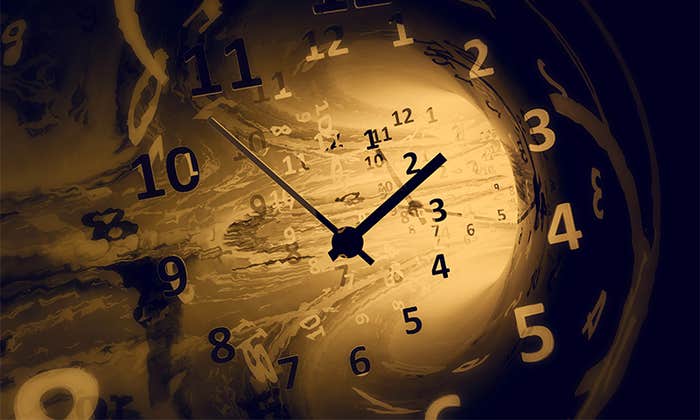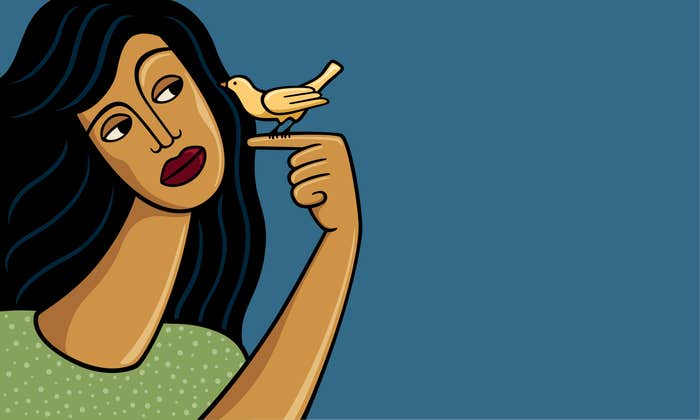The very notion of what in the ancient world defines the human being in contrast to all other living things is simple: upright posture. Best known of the ancient commentators is Plato, who, according to legend, is claimed to have seen the human as bipedal and featherless. To describe humans as “featherless” sounds odder to modern ears than does the functional association of bipedalism and intelligence, but Plato sees the absence of bodily covering as a move away from the base toward the human, for he is quite aware that the other bipedal animal is the bird. Greek thought gives the bird a middle role between the human and the gods, since birds are connected to the gods through their use in divination. Responding to Plato’s contorted definition of man, Diogenes of Sinope, known as the Cynic, notoriously plucked a (bipedal) chicken and took it to Plato’s Academy, declaring, “Here is Plato’s man.”1
Although bipedalism seems to us an obvious way of seeing human beings, it was Plato who used upright posture to move the rational mind as far from the center of the appetite and the organ of generation as possible: The head, for Plato, is the “acropolis” of the body, its highest point both literally and metaphorically. The state is to the upright body as the body is to the citystate. Plato’s upright body at its best must also possess wisdom and nobility, agathos kai sophos (ἀγαθὸς καὶ σοφὸς), which he abstracts in the Meno from the older Greek notion of kalos kagathos (καλός καγαθός), beauty and goodness.2 This older concept describes military posture, in the sense both of the soldier’s body and of his loyalty to the state.
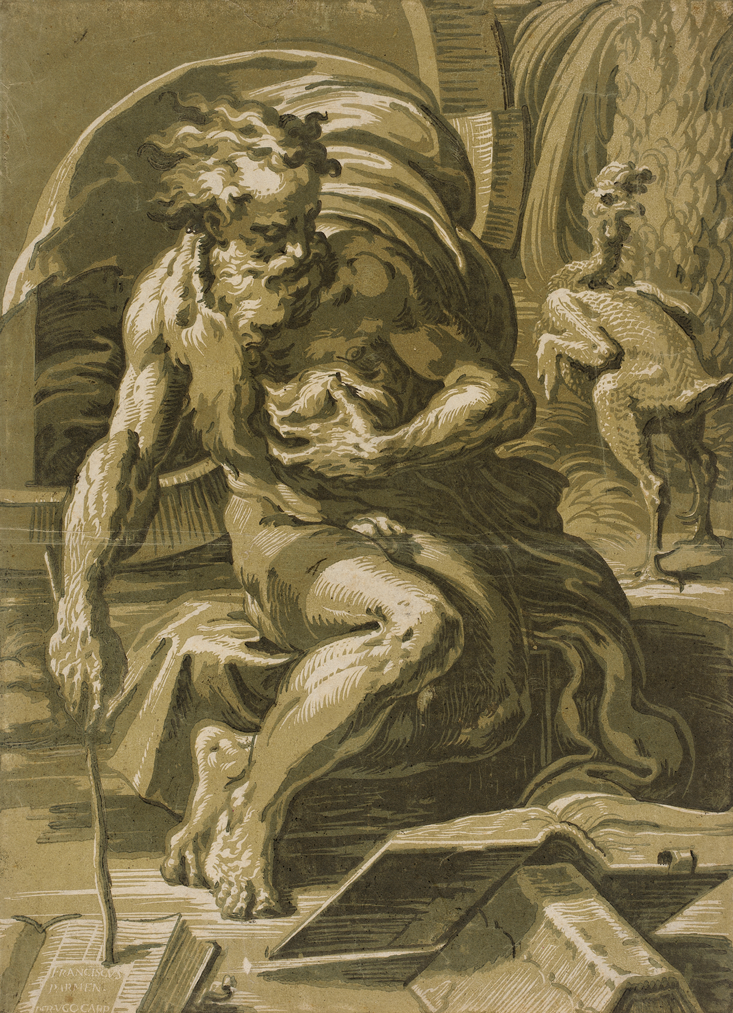
The tension here between absolute definitions of posture, such as the Platonic one, and their antithesis, Diogenes’ chicken, sets the pattern for all subsequent debates about posture, even though over time the latter seems to have won the day. Indeed, our notorious chicken reappears in contemporary debates about “the boundary of the class for humans” in the philosophy of science, as a grotesque example.3 Bertrand Russell dissected the implications of this notion for symbolic logic in the early 20th century when he noted, “ ‘Socrates is a featherless biped’ is different from ‘Socrates is human’,” in that the latter set of classifications is all-encompassing; the former clearly not.4 By the 20th century only such ironic evocations are possible. Russell implies that no one in his world would even imagine this as a possible definition of the human.
The debate about being upright, with its moral, aesthetic, and physiological implications, has abandoned the upright chicken for other, more powerful analogies.
For the Jews, Adam’s upright posture was a sign of being superior to the animals created by God, even after the expulsion from Paradise.5 The claim that it is divinely created posture that defines the human being continues to the beginning of the Enlightenment, when the theologian philosopher Johann Gottfried Herder, in his Ideas for the Philosophy of the History of Humanity (1784–91), defines posture first and foremost as central to the “organic difference between man and beast.”
Yet, unlike the classical tradition, he discusses this before he discusses human reasoning:
The form of man is upright: in this he is singular upon the earth … to the human species alone is this position natural and constant … All the muscles acting in this position are adapted to it. The calf of the leg is enlarged: the pelvis is drawn backward: the hips are spread outwards from each other: the spine is less curved: the breast is widened: the shoulders have clavicles: the hands have fingers endued with the sense of feeling: to crown the structure the receding head is exalted on the muscles of the neck: man is … a creature looking far above and around him.6
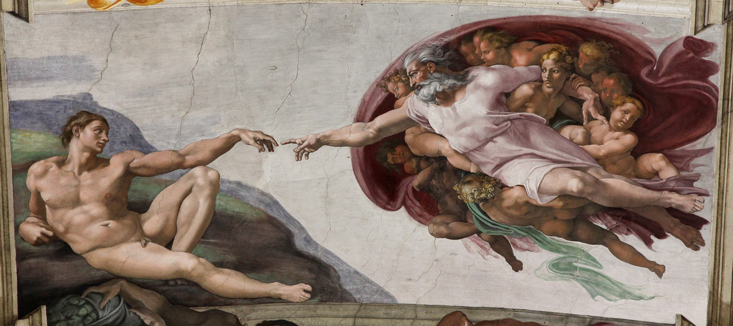
Herder does not downplay the role of reason in determining what is human. In his definition of rationality he stresses above all speech, which one might expect; but the noble posture comes first. Upright posture is a sign of the very nature of Creation, crowned by an upright being whom God tells to “stand up straight”:
When our creative parent had fulfilled her labours, and exhausted all the forms, that were possible on our Earth, she paused, and surveyed her works … With maternal affection she stretched forth her hand to the last creature of her art, and said: ‘stand up on the earth! Left to thyself, thou hadst been a beast, like unto other beasts: but through my especial aid and love, walk erect, and be of beasts the god.’ … with wonder shall we perceive, what new organism of powers commenced in the erect position of mankind, and how by it alone man was made a man.7
Herder’s scientific sentiment bridges the gap between Plato’s notion of upright posture signifying the seeking of the rational and John Milton’s understanding that man’s erect posture, created by the hand of God, preceded man’s own intelligence.
Such a view can be found in the early modern period among both Christian and Jewish thinkers. In Paradise Lost (1667), Milton had illustrated the creation of the first man as a sentient creature through God’s gift of upright posture:
a creature, who, not prone
And brute as other creatures, but endued
With sanctity of reason might erect
His stature, and upright with front serene
Govern the rest, self knowing; and from thence
Magnanimous to correspond with Heaven,
But grateful to acknowledge whence his good
Descends, thither with heart, and voice, and eyes
Directed in devotion to adore
And worship God Supreme, who made him
Of all his works. (7.506–15)
Here, Milton echoes Job 22:26: “For then shalt thou have thy delight in the Almighty, and shalt lift up thy face unto God.” Creation is the moment when the human being is able to stand upright in a moral as well as a physical sense.8
Immanuel Kant reacted against such a notion of the divine perfection of human posture and the theology that it implied. For him, Herder’s views are merely romantic psychologizing rather than an empirical statement about the nature of humans and their future. The human being is not perfect, but, following on from his understanding of what Enlightenment means, must have the potential to alter and change, “to use [one’s own mind] without guidance of another. Sapere aude.”9 Dare to know! And central to that act is to know oneself.
For the human “is himself an animal,” as Kant observed in his Idea for a Universal History with a Cosmopolitan Purpose (1784). There he characterized the human, even in the role of the ruler, as “crooked wood”:
The highest supreme authority, however, ought to be just in itself and yet a human being. This problem is therefore the most difficult of all; indeed its perfect solution is even impossible; out of such crooked wood as the human being is made, nothing entirely straight can be fabricated.10
It is human striving that can move toward but perhaps never completely attain “straightness” and therefore perfection. Nature, he continues, evoking our image of the garden—if only obliquely—allows us only to approximate such an ideal. A new state—one founded on reason, but on reason acquired through selfknowledge—is the forest in which such “crooked wood” evolves:
Yet in such a precinct as civic union is, these same inclinations have afterward their best effect, just as trees in a forest, precisely because each of them seeks to take air and sun from the other, are constrained to look for them above themselves, and thereby achieve a beautiful straight growth; whereas those in freedom and separated from one another, that put forth branches as they like, grow stunted, crooked, and awry. All culture and art that adorn humanity, and the most beautiful social order, are the fruits of unsociability, through which it is necessitated by itself to discipline itself, and so by an art extorted from it, to develop completely the germs of nature.11
All value comes from striving to establish oneself within society. (One should note here that the ambiguity of “crooked” and “upright” as moral terms is also present in Kant’s German. For krumm also has the moral implication of the antithesis of gerade or aufrecht, crooked as opposed to just or upright. All these terms can be used to describe posture.) This vision of human development and maldevelopment is at the core of Kant’s notion of posture, both in the moral and the political sense.
Kant’s image of the “crooked wood” is a direct answer to Herder’s claim about the primacy of upright posture in defining human nature. Kant had attacked the centrality of erect posture in his review of the first volume of Herder’s Ideas in 1785.12 In it, he summarized Herder’s account of upward posture as the core to the creation of the sentient human:
It was not because he was destined to be rational that man was endowed with erect posture which allows him to make rational use of his limbs; on the contrary, he acquired reason as a result of his erect posture, as the natural effect of that same constitution which he required in order to walk upright.13
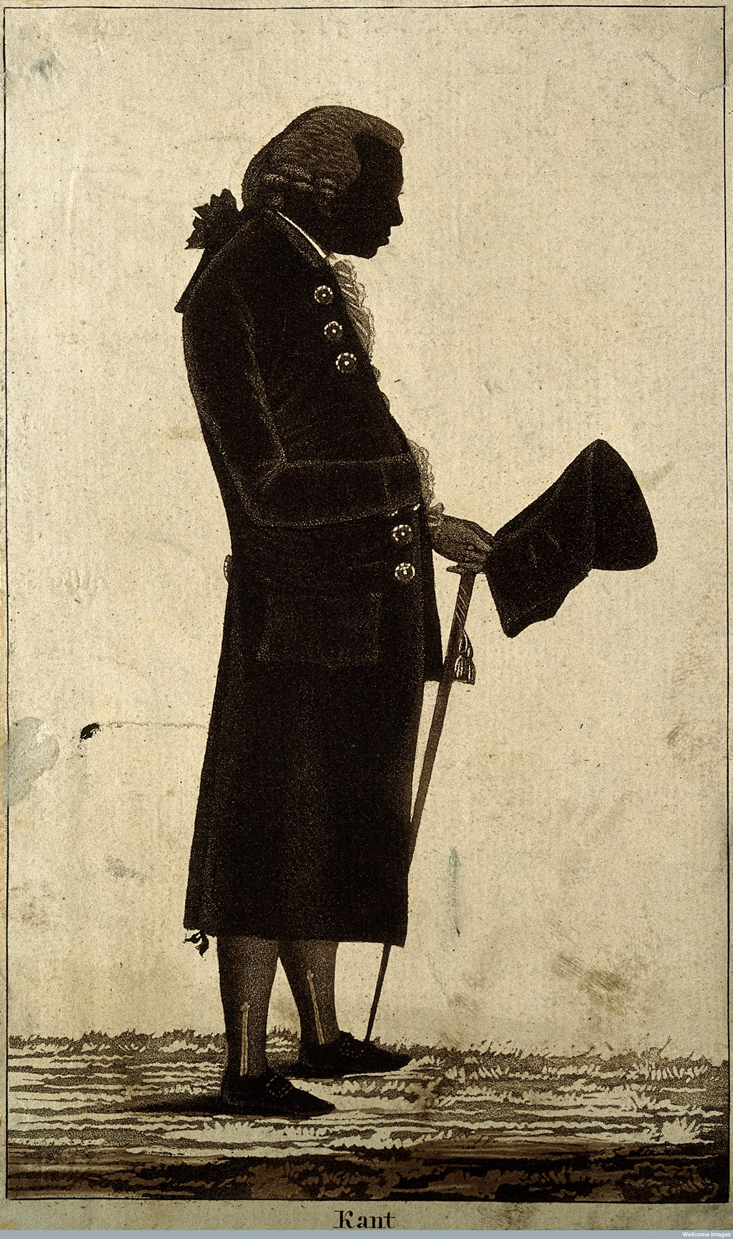
For 19th-century thinkers, reading Kant on posture came to define the spark of life itself. On Jan. 16, 1839, Ralph Waldo Emerson lectured on the very definition of life to a large audience at Boston’s Masonic Temple. He stressed that
the soul pauses not. In its world is incessant movement. Genius has no retrospect. Virtue has no memory. And that is the law for man. Live without interval: if you rest on your oars, if you stop, you fall. He only is wise who thinks now; who reproduces all his experience for the present exigency; as a man stands on his feet only by a perpetual play and adjustment of the muscles. A dead body or a statue cannot be set up in the upright posture without support. You must live even to stand.14
Life itself is defined by human posture. Once life is extinguished, posture is no longer possible.
The theological notion of posture as the animating force for the human, echoed by Emerson, never really vanishes, as can be seen in the aesthetics of the 19th century. For Georg Wilhelm Friedrich Hegel, posture is at the core of the aesthetic impulse. Here he differs from Kant, whom he often engages in his work. In his lectures on aesthetics from the 1820s, Hegel develops a theory of posture as one of the keys to understanding being not only as selfdetermining reason (following Kant) but as rationally organized matter. The human being is the rational product of the reason embodied in nature. And that, for Hegel, is to no small degree keyed to “man’s upright posture.” The moment we cease to wish to act, our posture collapses and we revert to the primitive, to the childlike. This is a simple restatement of the complex theological notion that standing upright makes the pre-Edenic human into a volitional being, able to judge right from wrong.
But Hegel continues to argue that upright posture alone is not sufficient to define the aesthetic impulse in man. Seeing the world from an upright position does not yet define the beautiful:
But the erect position is not yet beautiful as such; it becomes so only when it acquires freedom of form. For if in fact a man simply stands up straight, letting his hands hang down glued to the body quite symmetrically and not separated from it, while the legs remain tightly closed together, this gives a disagreeable impression of stiffness, even if at first sight we see no compulsion in it. This stiffness here is an abstract, almost architectural, regularity in which the limbs persist in the same position relatively to one another, and furthermore there is not visible here any determination by the spirit from within; for arms, legs, chest, trunk—all the members—remain and hang precisely as they had grown in the man at birth, without having been brought into a different relation by the spirit and its will and feeling. (The same is true about sitting.) Conversely, crouching and squatting are not to be found on the soil of freedom because they indicate something subordinate, dependent, and slavish. The free position, on the other hand, avoids abstract regularity and angularity and brings the position of the limbs into lines approaching the form of the organic; it also makes spiritual determinants shine through, so that the states and passions of the inner life are recognizable from the posture.
Here, Hegel makes a clear distinction between the static and dynamic human, but also between the free human and the crouching slave. The static human may be the embodiment of archaic Greek sculpture, but it stands in sharp contrast to the individual who is able to accentuate their own sensuous self-containment.
Perhaps we should remark here on the obvious. The difference between the body in classical sculpture and the real, living body is profound. Oscar Wilde observed this most cogently in his “Decay of Lying” (1891). His interlocutor asks,
Do you think that Greek art ever tells us what the Greek people were like? Do you believe that the Athenian women were like the stately dignified figures of the Parthenon frieze, or like the marvellous goddesses who sat in the triangular pediments of the same building? If you judge from the art, they certainly were so. But read an authority, like Aristophanes for instance. You will find that the Athenian ladies laced tightly, wore highheeled shoes, dyed their hair yellow, painted and rouged their faces, and were exactly like any silly fashionable or fallen creature of our own day. The fact is that we look back on the ages entirely through the medium of art, and art, very fortunately, has never once told us the truth.15
This was also true of their posture. With regard to the postural science of the time, confusion reigned. As late as 1925, an editorial in The Lancet claimed that
It is well known to sculptors and students of ancient art that the male Greek figure, as represented in such statues and reliefs as have come down to us, differs considerably from the best models of modern times. The difference would seem to consist of a greater sharpness of the lumbosacral angle … We have no means of knowing whether the sculptures were true to nature or not, but at least they show that the ideal of manly beauty in the time of Pheidias differed from that of the orthopaedic surgeon of today.16
Or indeed, as the American postural reformer Joel E. Goldthwait notes in 1915, in what came to be a standard American text of the time on posture and health:
The difference in the anatomic types is also recognized consciously or unconsciously, in art, and nothing can be more perfectly normal than the early (not always the late) Greek figures, or Michael Angelo’s “David”, or William Hunt’s “Bathers.” The type which Rubens almost always depicts is the heavy, full-blooded herbivorous type, while the slender, carnivorous type is the one depicted by Botticelli and Fra Angelico, or by Puvis de Chavannes of the modern school.17
In his Philosophy of Mind (1830), Hegel stresses that the “upright posture, has been by will made a habit—a position taken without adjustment and without consciousness—which continues to be an affair of his [the human’s] persistent will.”18 For it is the human will that defines posture, not the deity. Yet being human is defined by posture:
Man’s absolute gesture is his erect posture; he alone is able to do this, whereas even the orangoutang can stand upright only with the aid of a stick. Man does not hold himself erect naturally but stands upright by the energy of his will; and although his erect posture, after it has become a habit, requires no further effort of will, yet it must always remain pervaded by our will if we are not momentarily to collapse.18
The ultimate collapse, as Emerson later noted, is the collapse into death. For Hegel it is the collapse into the primitive, into the state of “slavishness.”
Sander L. Gilman is a professor of the liberal arts and sciences as well as a professor of psychiatry at Emory University. A cultural and literary historian, he is the author or editor of more than 90 books.
Reprinted with permission from Stand Up Straight!: A History of Posture by Sander L. Gilman, published by Reaktion Books Ltd. © 2018 by Sander L. Gilman. All rights reserved.
References
1. Quoted in Laertius, D. Lives of Eminent Philosophers (trans. Hicks, R.D.) Harvard University Press, Cambridge, MA (1925).
2. Carone, G.R. Plato’s Cosmology and its Ethical Dimensions Cambridge University Press, New York, NY (2005).
3. Boyd, R. Introduction. In Boyd, R., Gasper, P., & Trout, J.D. (Eds.) The Philosophy of Science The MIT Press, Cambridge, MA (1991).
4. Russell, B. Early drafts on the theory of types [1906–8]. In Moore, G.H. (Ed.) The Collected Papers Routledge, New York, NY (2014).
5. Silverstein, T. The fabulous cosmogony of Bernard Silvestris. Modern Philology 46, 92-116 (1948).
6. Herder, J.G. Outlines of a Philosophy of the History of Man (trans. Churchill, T.) Bergman Publishers, New York, NY (1800).
7. Quoted by Grene, M. & Depew, D. The Philosophy of Biology: An Episodic History Cambridge University Press, New York, NY (2004).
8. For an odd, almost mechanical reading of this notion of posture, see Ardolino, F. Satan’s “Ups and Downs”: Posture and posturing in books i and ii of Paradise Lost. Journal of Evolutionary Psychology 14, 53-99 (1993).
9. Kant used this phrase from Horace’s Epistles 1.2.40 to define the Enlightenment in his “An Answer to the Question: ‘What Is Enlightenment’,” first published in the Berlinische Monatsschrift, December 1784. See Schmidt, J. (Ed.) What Is Enlightenment?: Eighteenth-Century Answers and Twentieth-Century Questions University of California Press, Berkeley, CA (1996).
10. Kant, I. Idea for a universal history with a cosmopolitan aim. In Zöller, G. & Robert B. Louden, R.B. (Eds.) Anthropology, History and Education: The Cambridge Edition of the Works of Immanuel Kant (trans. Wood, A.) Cambridge University Press, New York, NY (2007).
11. Kant, I. Idea for a universal history with a cosmopolitan aim. In Zöller, G. & Robert B. Louden, R.B. (Eds.) Anthropology, History and Education: The Cambridge Edition of the Works of Immanuel Kant (trans. Wood, A.) Cambridge University Press, New York, NY (2007). Woods translates künstlich as “artificial.” While certainly true, it is clear that what Kant is stressing is the potential for human malleability.
12. Mack, M. The other. In Forster, M.N. & Gjesdal, K. (Eds.) The Oxford Handbook of German Philosophy in the Nineteenth Century Oxford University Press, New York, NY (2015).
13. Reiss, H.S. (Ed.) Kant: Political Writings (trans. Nisbet, H.B.) Cambridge University Press, New York, NY (1991).
14. Spiller, R.E. (Ed.) The Early Lectures of Ralph Waldo Emerson Harvard University Press, Cambridge, MA (1969). In this context, see van Leer, D. Emerson’s Epistemology: The Argument of the Essays Cambridge University Press, New York, NY (1986) on Emerson as a Kantian.
15. Wilde, O. The decay of lying. In The Complete Writings of Oscar Wilde The Notrtingham Society, New York, NY (1909).
16. Anon. Correct posture. The Lancet (1925).
17. Goldthwait, J.E. An anatomic and mechanistic conception of disease. Boston Medical and Surgical Journal 172, 881-898 (1915).
18. Hegel, G.W.F. Hegel’s Philosophy of Mind Inwood, M.J. (ed. & trans.) Oxford University Press, New York, NY (2012).





















